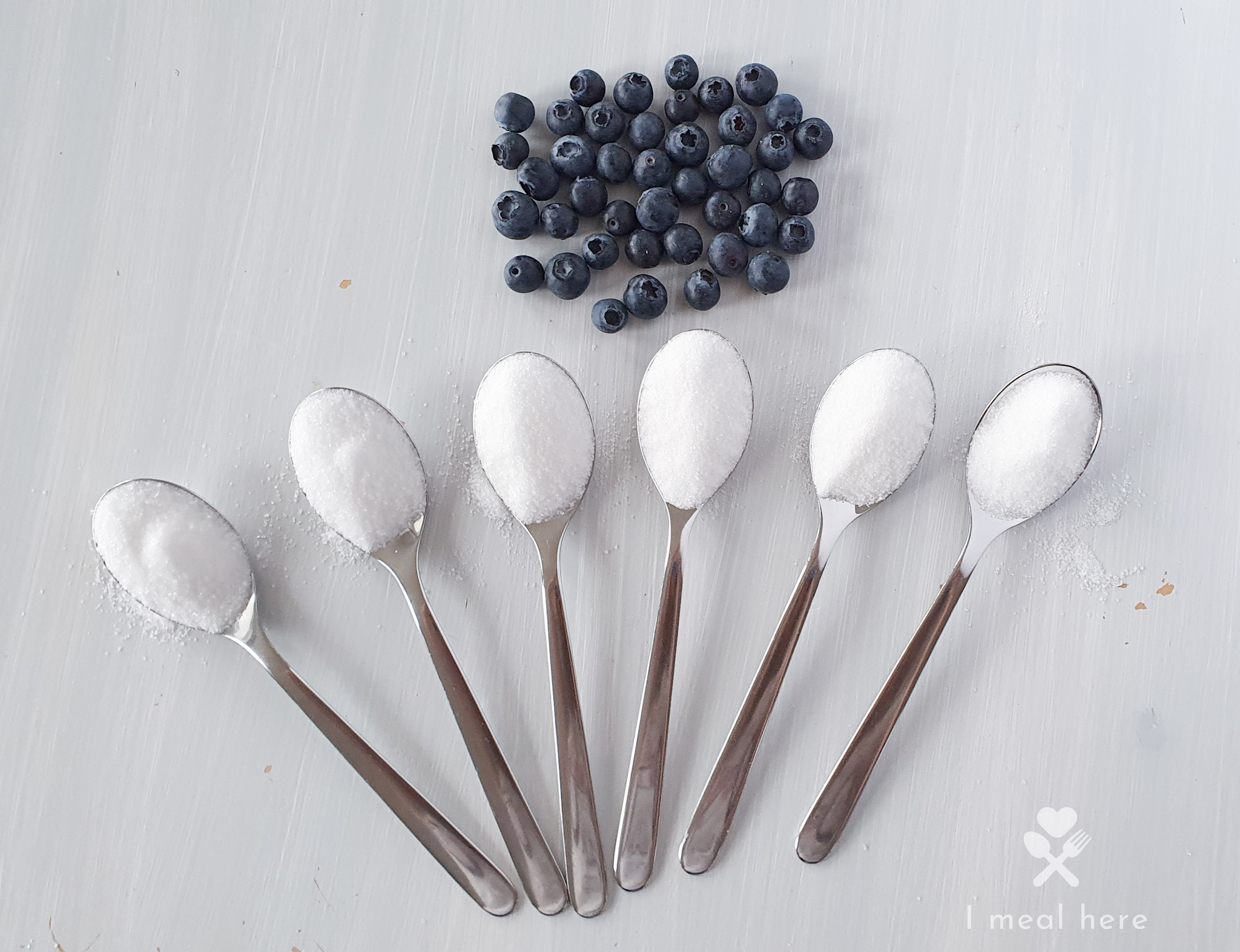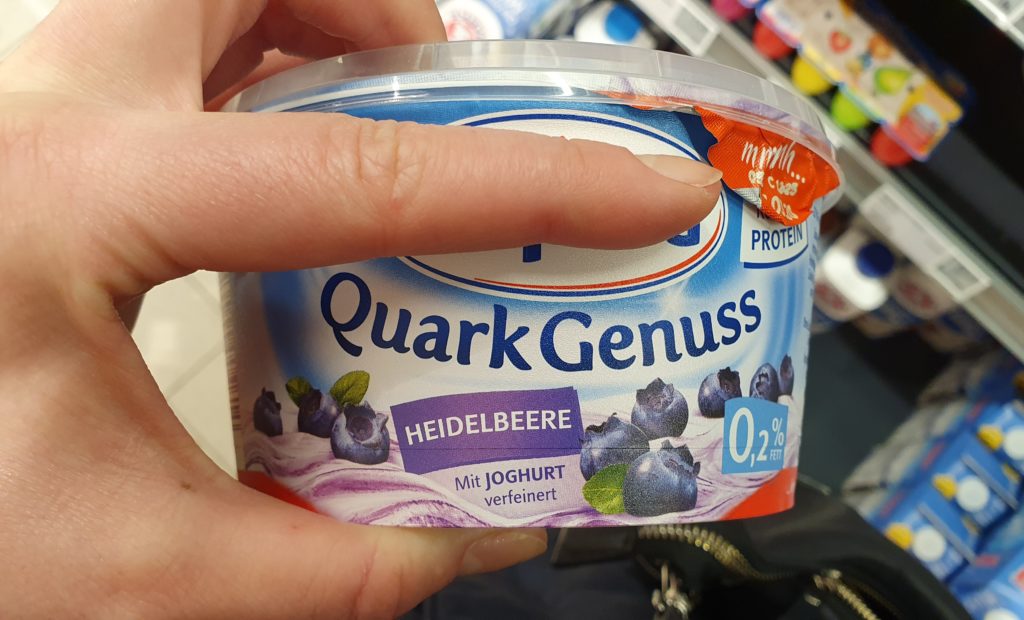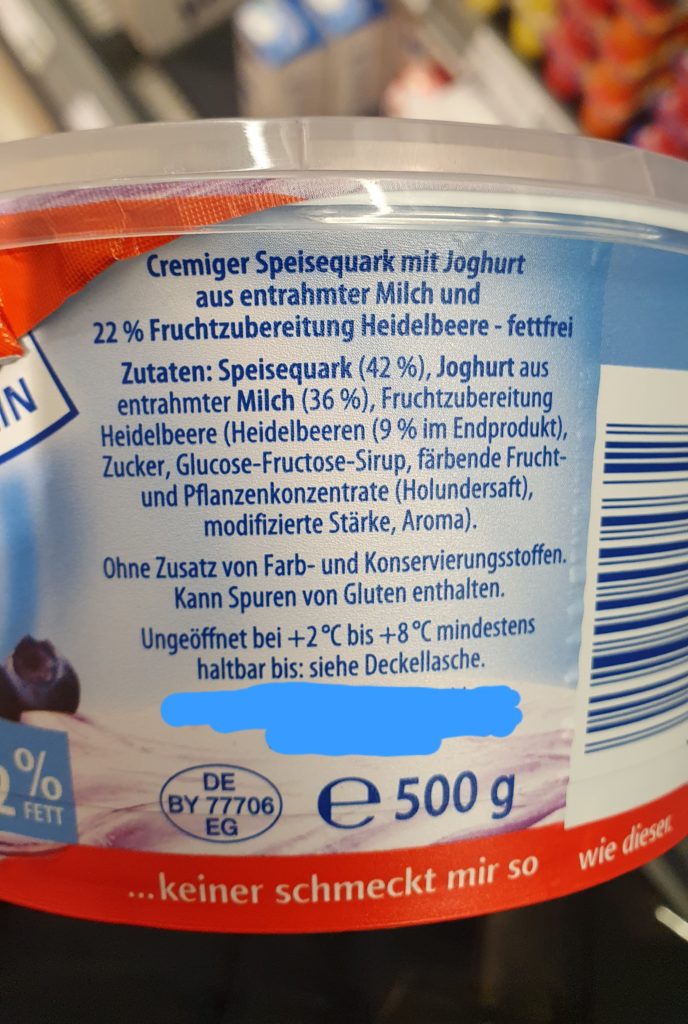I am sure we all have heard many times to read labels, right? And I am absolutely sure that we all have had hard time to understand what is written there, am I right too? I have struggled many times. But now the time to change has come.
Worth to know. Nowadays there is a huge variety of products on the market. We can chose from different tastes, sizes of products, packaging and companies we like more. Producers are very creative in grabbing consumer attention. There are dedicated departments where specialists work intensively on current trends and customer behavior. There are few common tricks often used by producers worth knowing before you buy a product:
- Words used on main label which activate positive feelings or memories. For example: homemade, traditional recipe, original recipe, 100% natural. Who wouldn’t prefer to buy “traditional” ham instead of “just” ham?
- Placing on main label one commonly liked ingredient. For example: soup with real mashrooms, where on the ingredients list we can learn that addition of the mashrooms is only 3% of end product.
- Highlighting the healthy aspects of the product. For example: sugar free, gluten free. Every product which is sweet but have no sugar has to have some replacement of sugar. It is worth to read carefully ingredients list to know what is the replacement.
How to read ingredients list? Product ingredients are listed in descending order based on weight. That mean the ingredient which is the most is first on the list and the ingredient which is the least is on the bottom. That is why when I see on main label: “soup with real mashrooms”, I would expect mashrooms to be in the top 3 ingredients on the list.
Example. Not just to write about it, lets analyse some example together. I had a closer look on quark.
On the main label we can see highlighted two things: blueberries and yogurt. Based on that I would expect quark with blueberries with some addition of yogurt.
The other side of packaging gives us a little bit different information though. In the ingredients list quark amount is 42%, than yogurt 36% and then is the fruit mixture in amount of 22% with quite misterious 9% of blueberries in end product. Quite a lot of numbers…Are you still with me? I will try to make it clear and easy. The fruit mixture are blueberries, sugar, glucose-fructose-syrup, plant juices to strengthen the color, modified starch, and some aroma. What grabbed my attention is large amount of sugar and modified starch. Looking further into nutrients list:

Sugar – the largest amount on the above list. Why can we see here carbohydrates and sugar separately? In very easy words, carbohydrates we can divide into simple and complex. Complex carbs are unporcessed and contain the natural fiber, those can be found in fruits, veggies, whole grains etc. Simple carbs are refined and don’t contain natural fiber. We can find simple carbs in sweet bevarages, pastry, sweets, it is the one we also add to the tea or coffee etc. This is what we can see as well on this label, carbohydrates are saying how much carbs we have overall in this product – simple and complex ones. Sugar says how muh simple carbs this product contains. In 100g of above quark there are 0,8g of complex carbs and 15,2g of simple carbs, total 76g of sugar in the whole 500g package.
Blueberries. What we can read as well is that blueberries are 9% of end product. For the easy math I will round up to 10% which is 50g of blue berries. Hmmm, I would say it is not too much for a 500g of quark.
Modified Starch. Food additive commonly used as thickener and stabilizer. We can find it in many products: yogurts, instant ready meals (noodles, pizza), ready sauces, bevarages and more. Acquired from plants and grains (for example: mize, wheat, rice, potatos etc.), it is physically, enzimatically or chemically altered to improve its abilities. Both, Food and Drug Administration in the USA and Food European Safety Administration in Europe approved modified starch as safe to use. In Europe we can find it on the labels fully named (starch, modified starch, modifizierte stärke in German 🙂 etc.) or under number E1404 – E1453 (more about here -> https://foodadditives.net/starch/modified-food-starch/)



Combining the information together above you see how much 50g of blue berries and 76g of sugar look like. Those are six almost full (the last one on the right is less full) table spoons of sugar (I used table spoons because I have not enough same size tea spoons at home to show it better).
My intension is not to demonize carbs and sugar. My intension is to raise the awarness and make you read labels. Carbs are not bad itself but the high amount of carbs we eat every day is. We can really eat less but still put on weight and this might be one of the reasons. Hidden portions of sugar in almost every product we wouldn’t even expect to find like above mentioned quark with blueberries and many others. BUT there is always a good side of life! As conscious consumers we have choice. 100g of natural yogurt contain 6g of carbs while 100g of blueberries contain 14-15g of natural carbs. The choice is yours…
Tell me how did you like this long post and if this topic interested you. Stay healthy and hear you soon!


